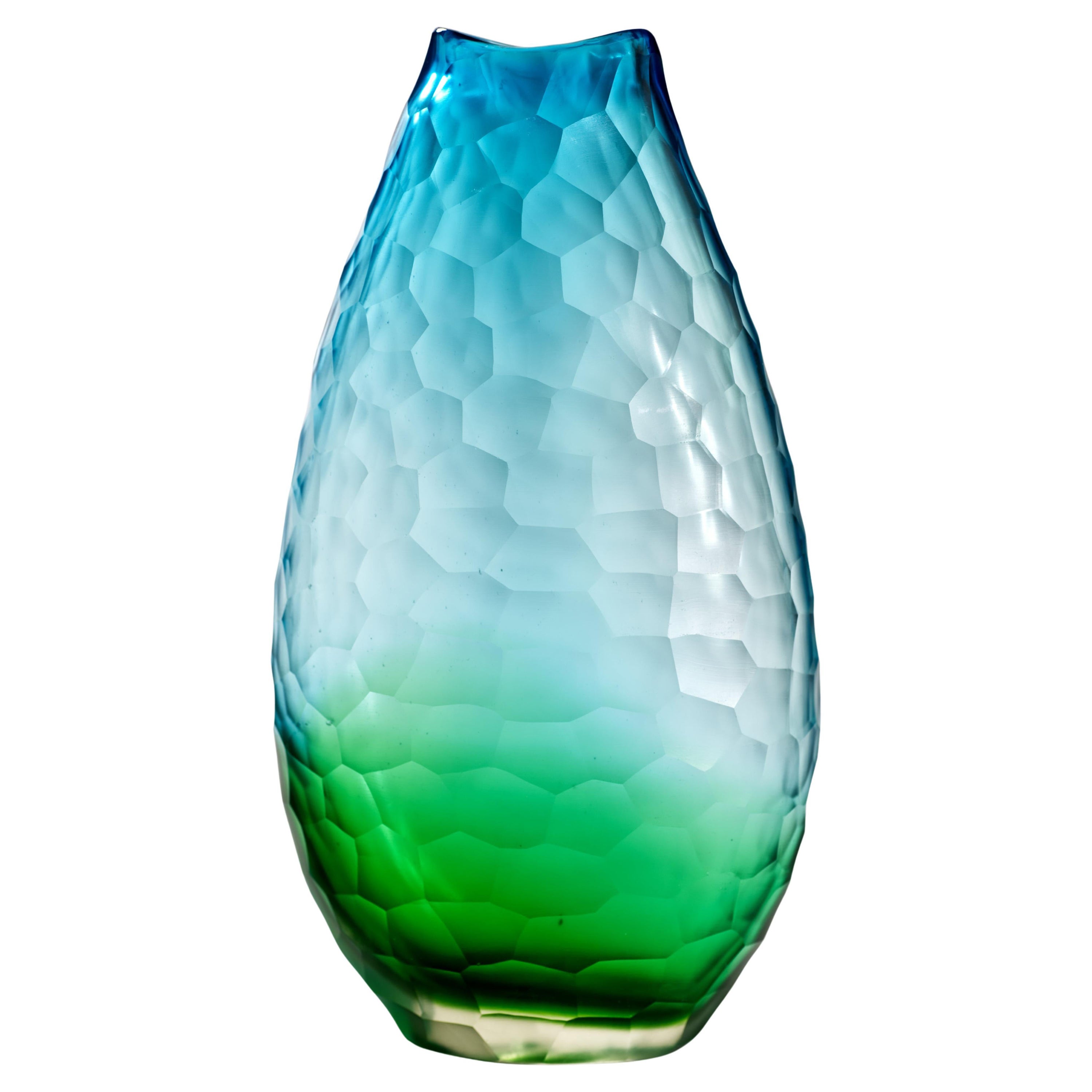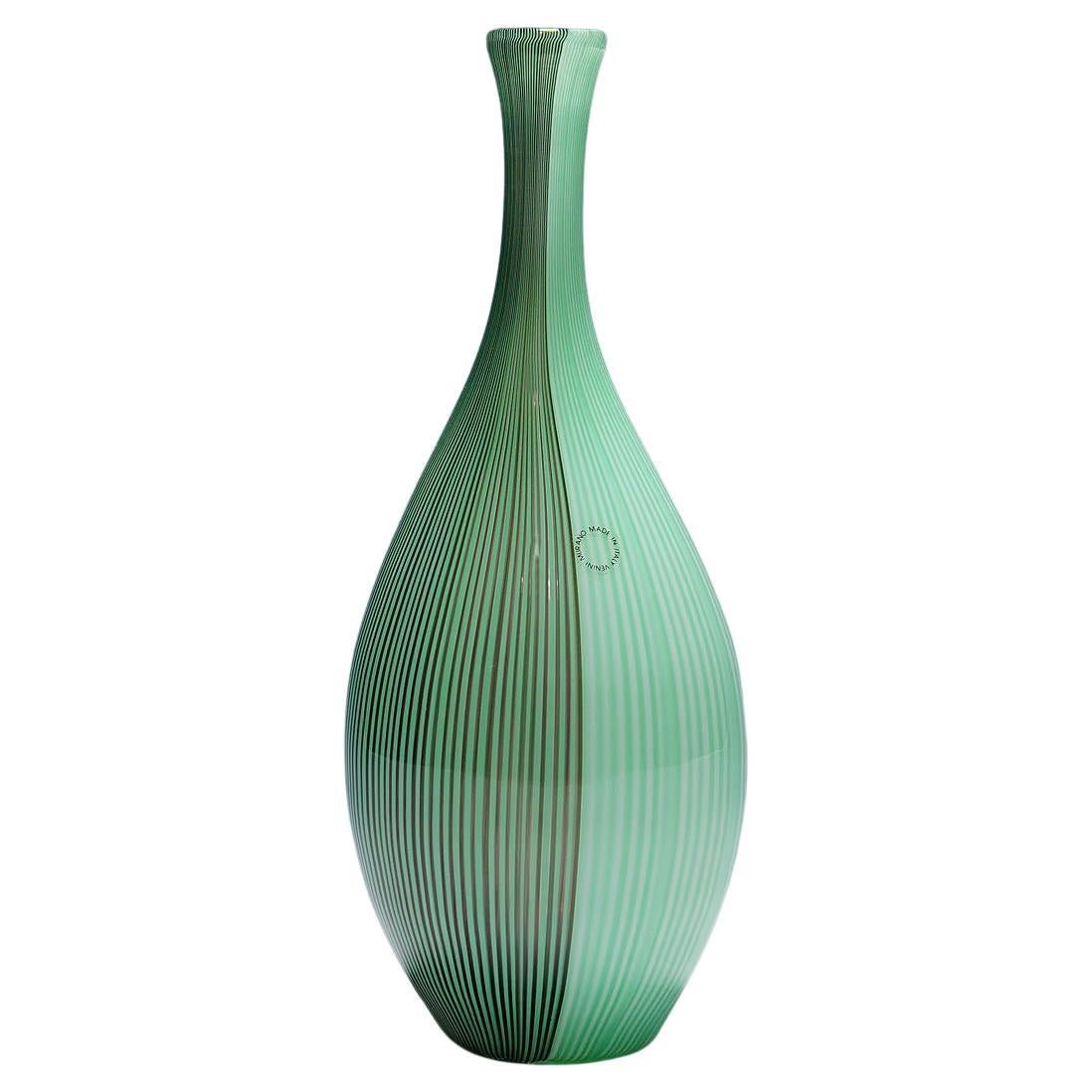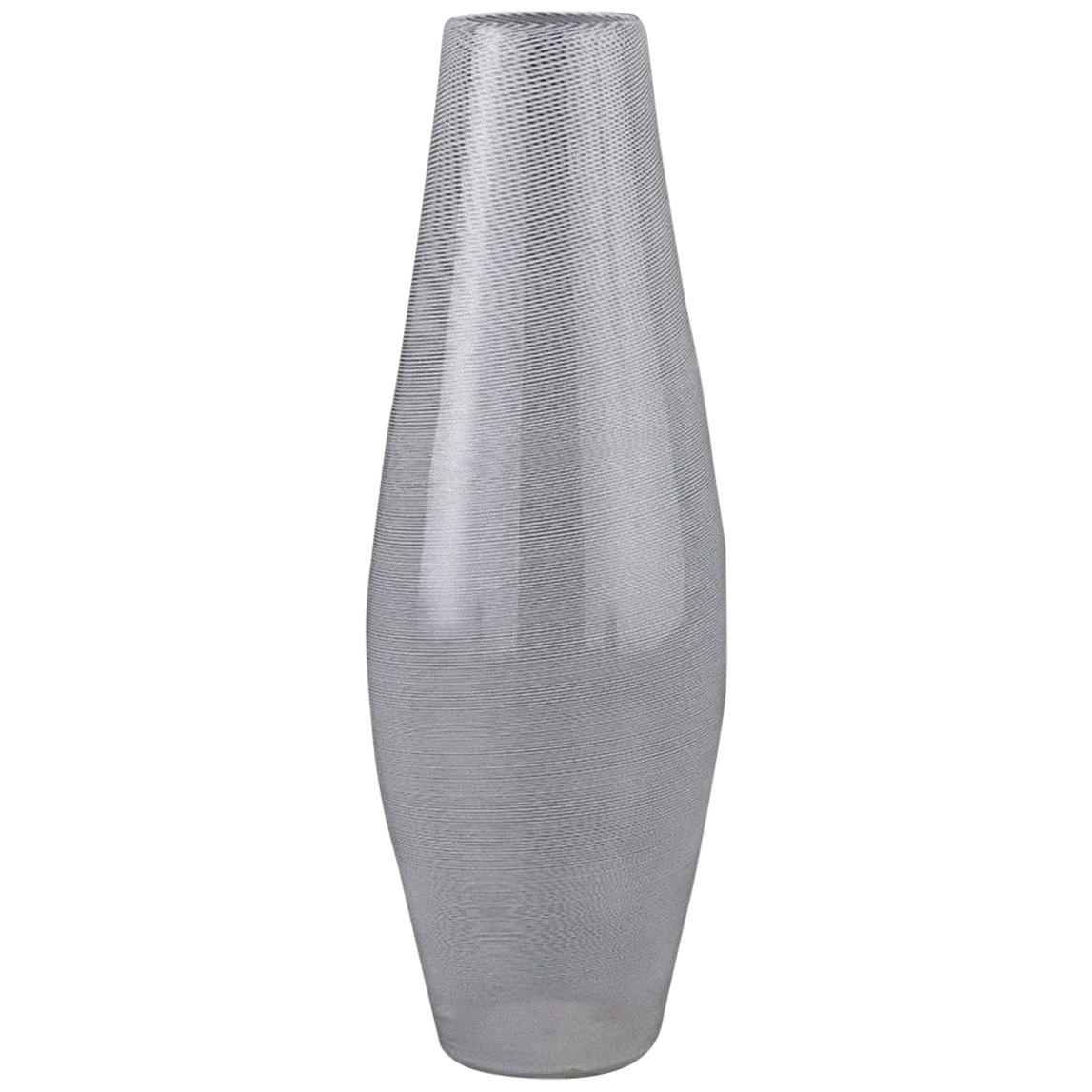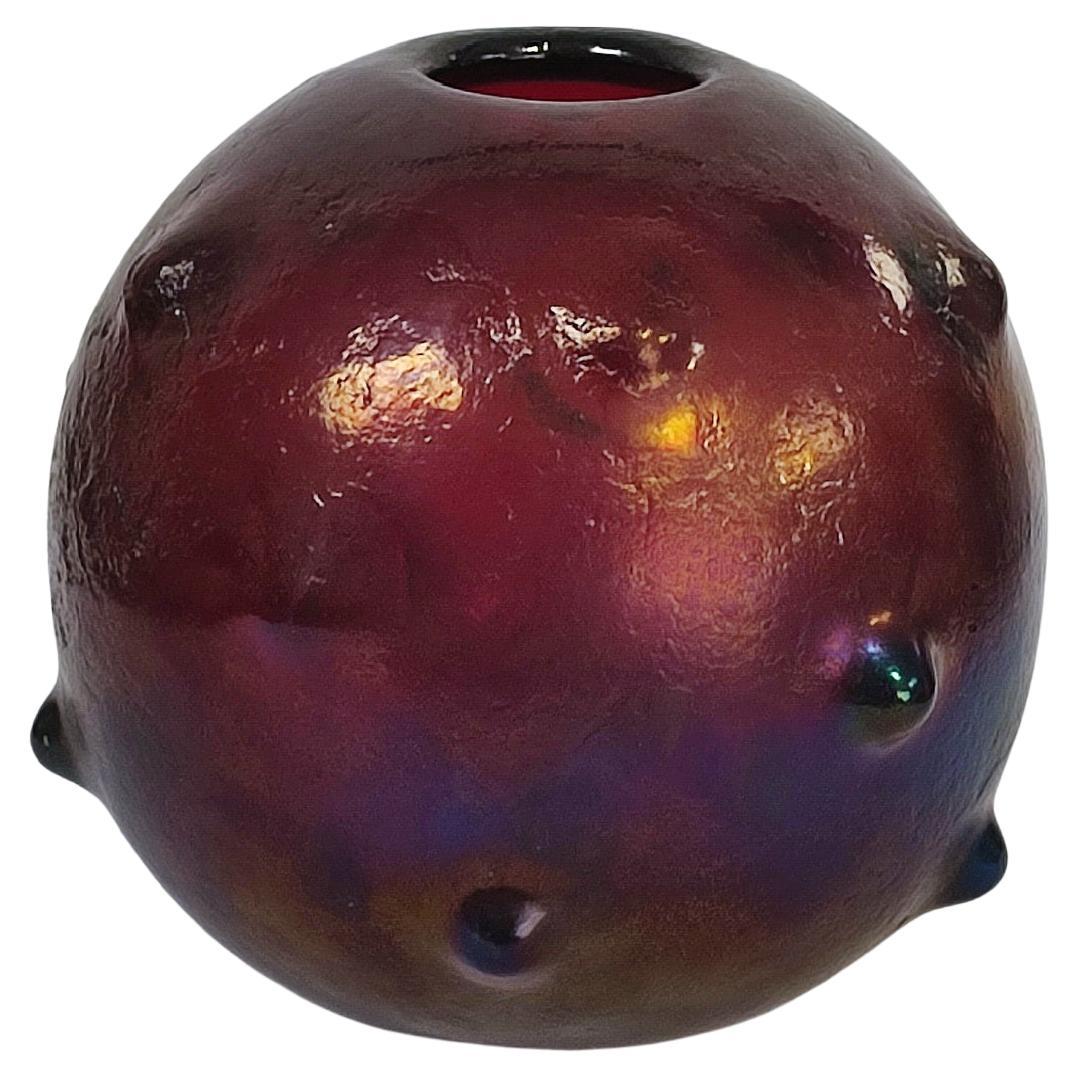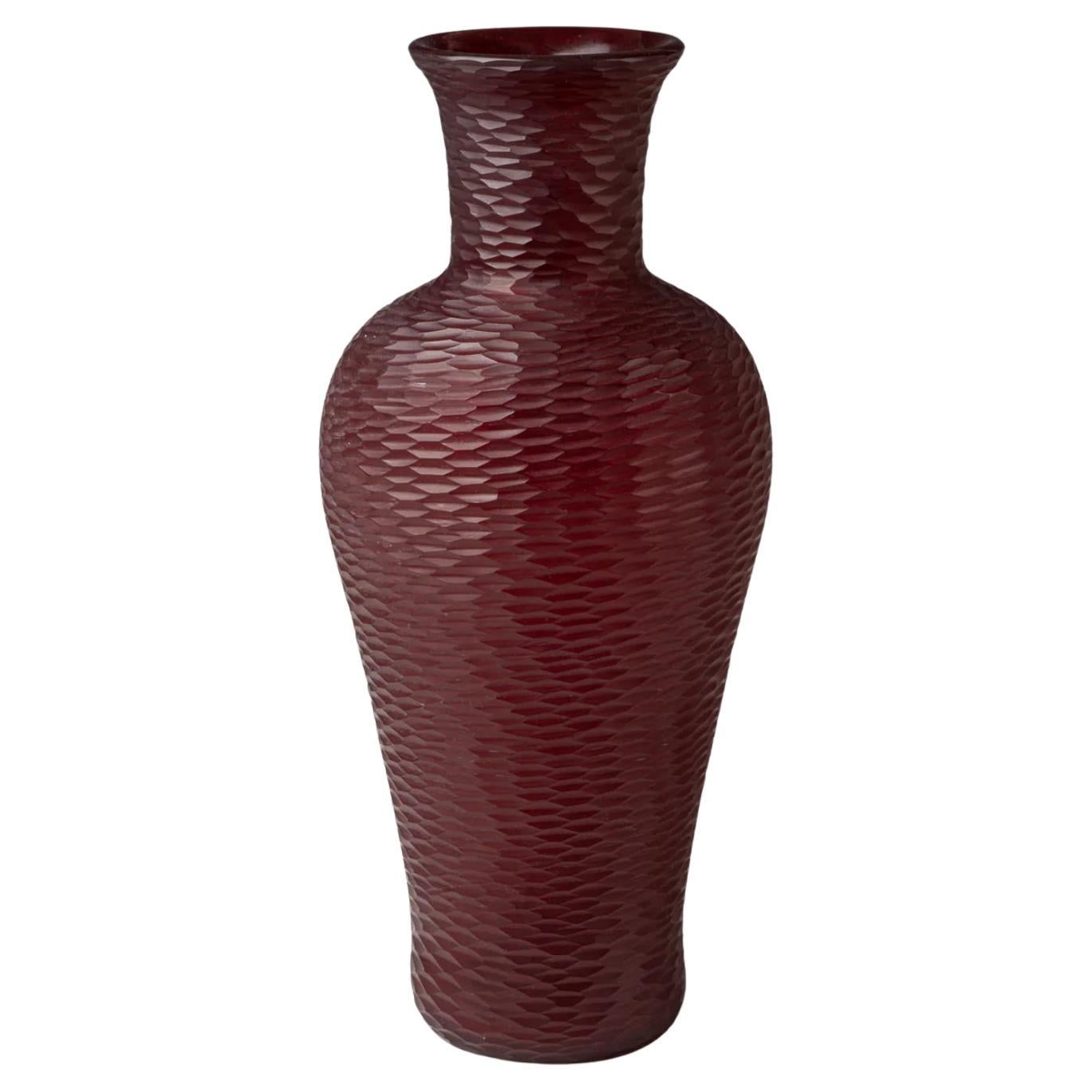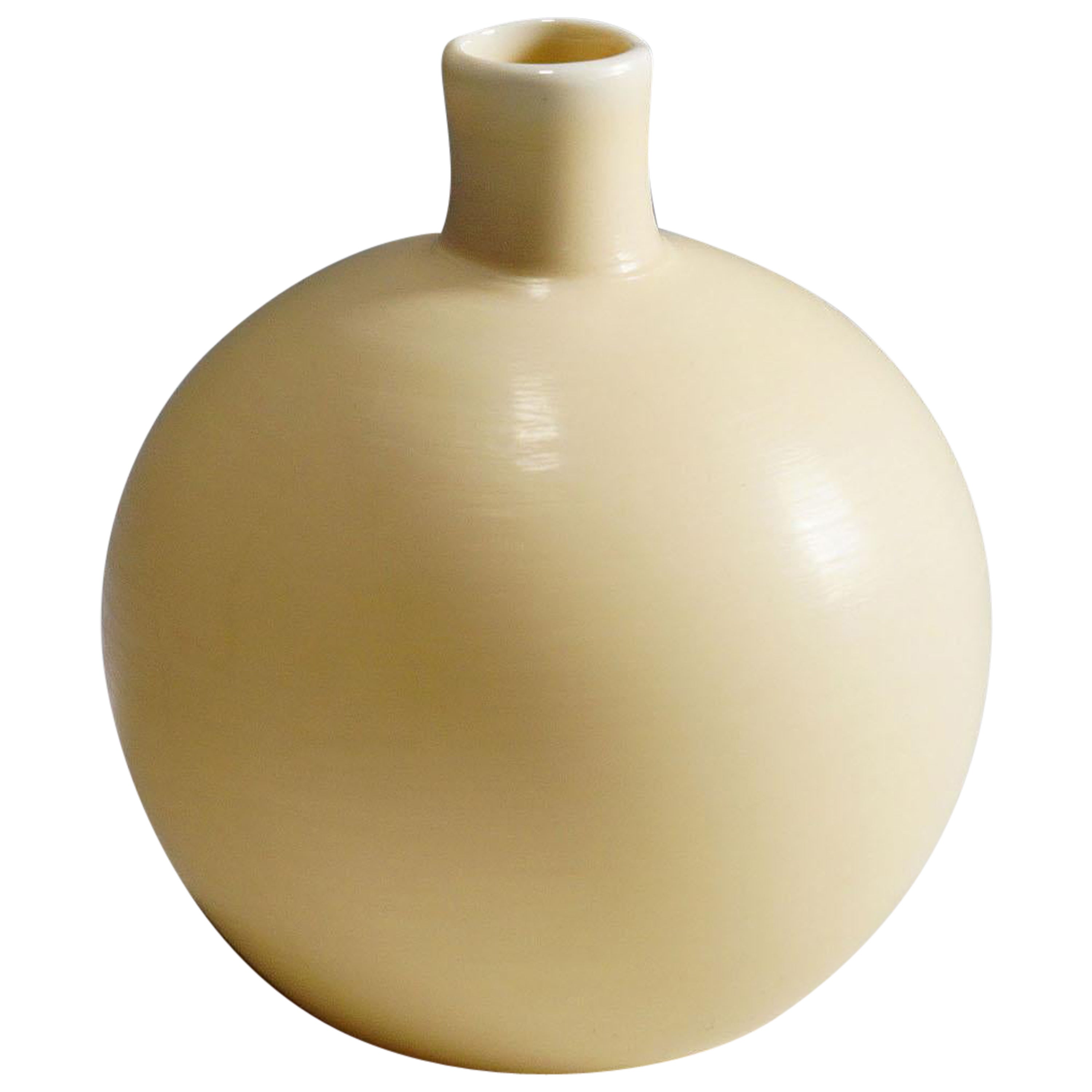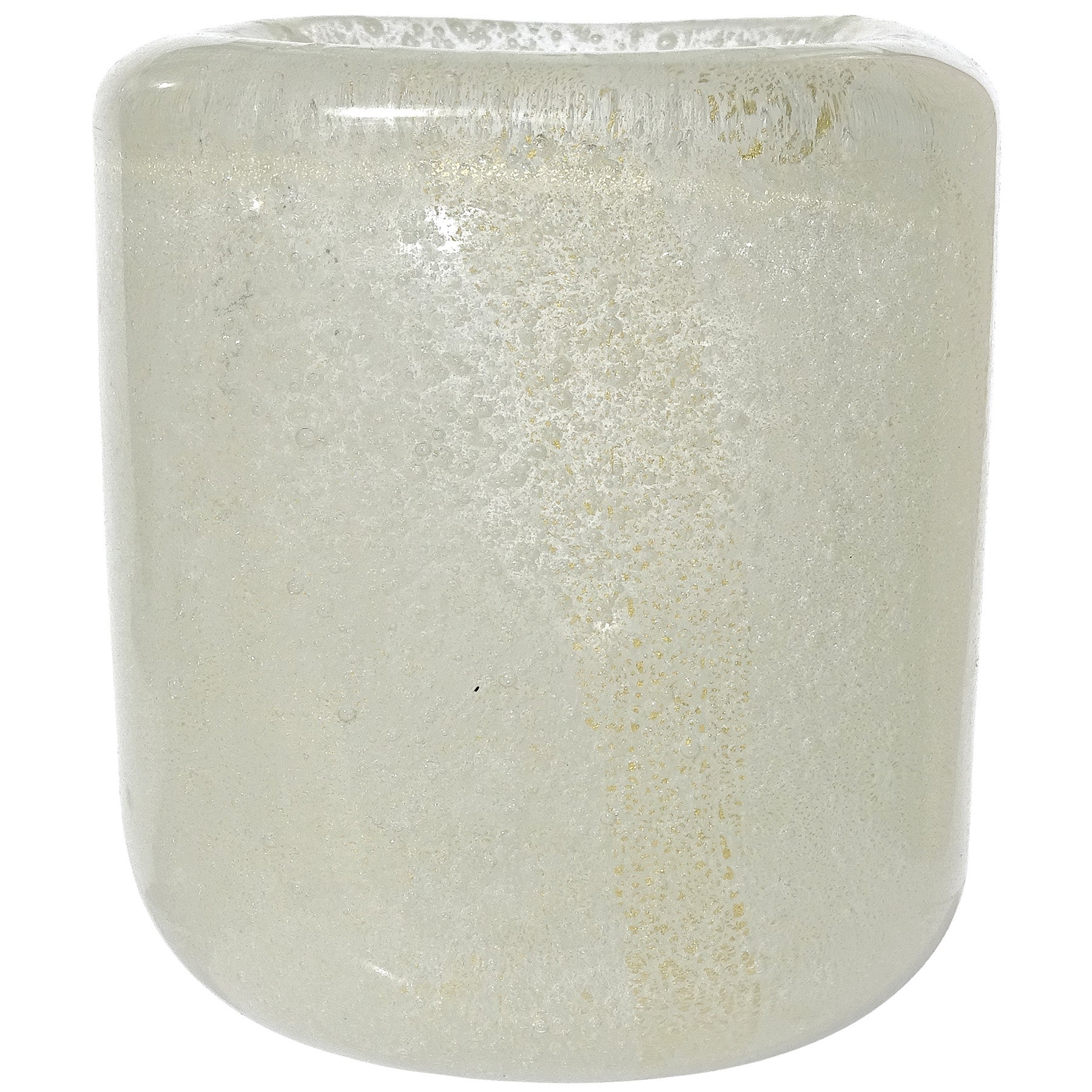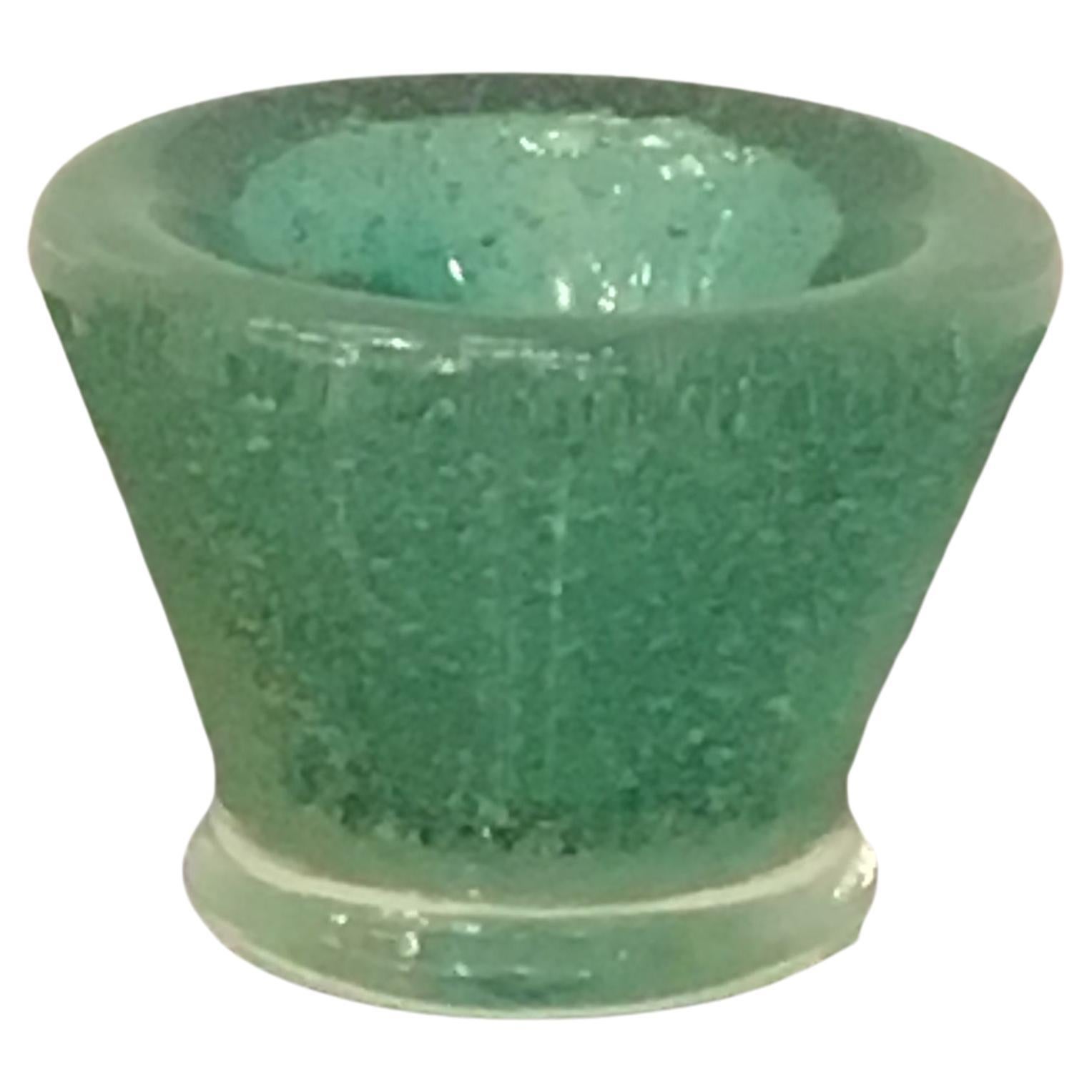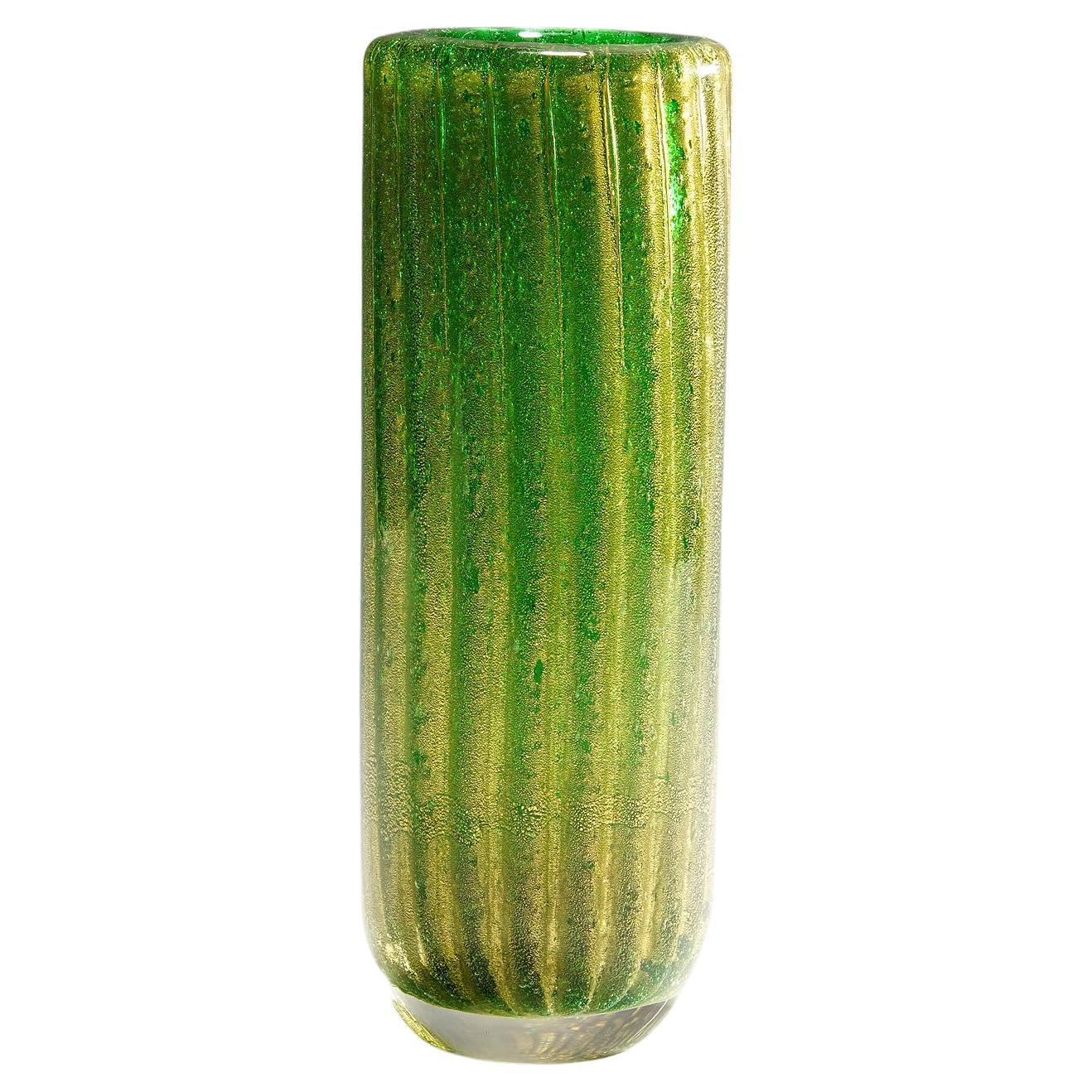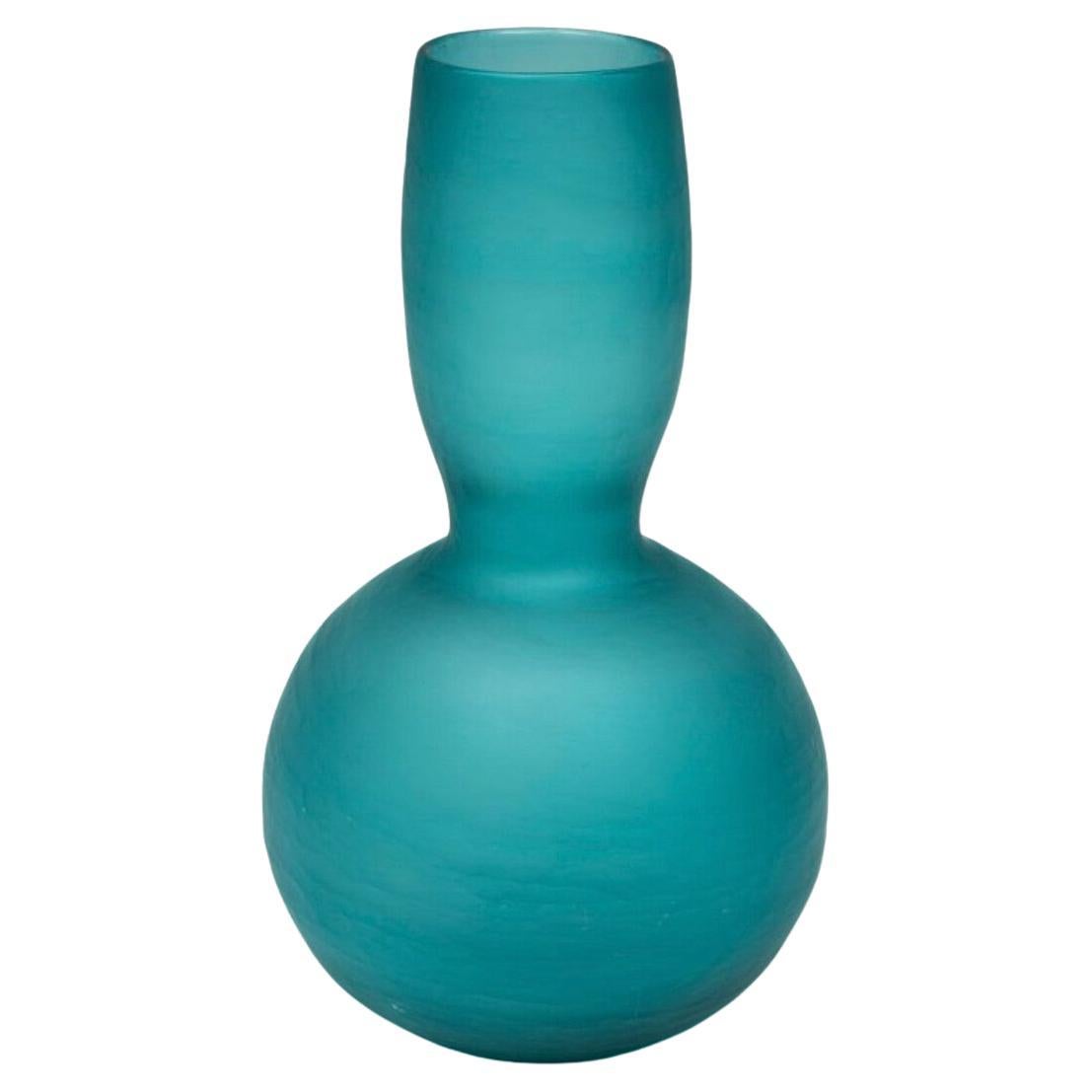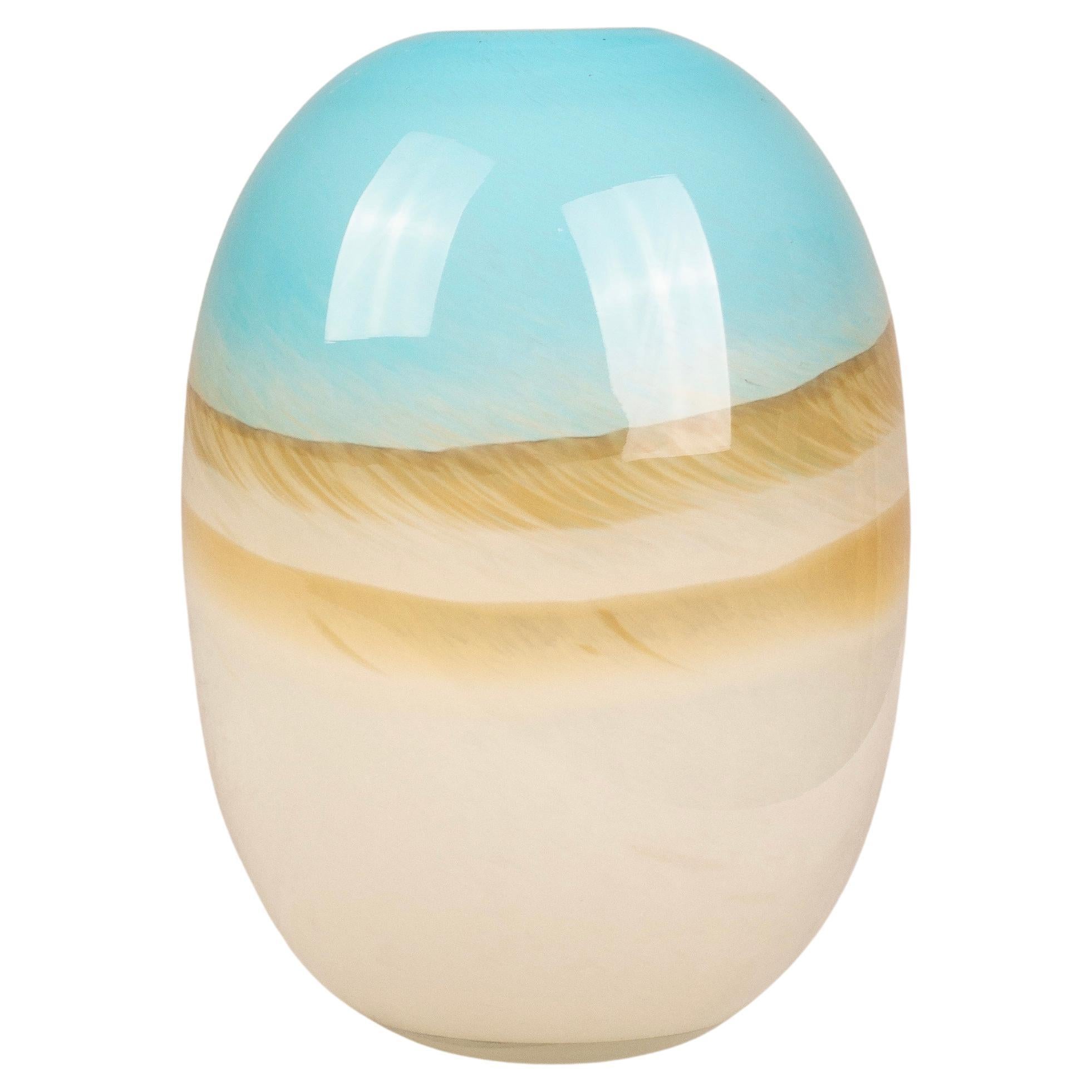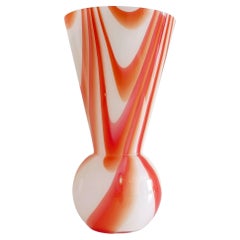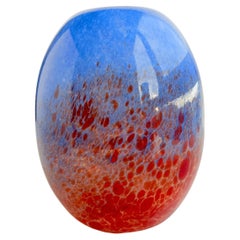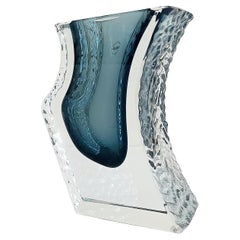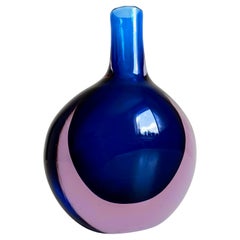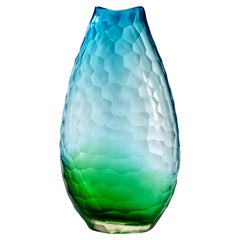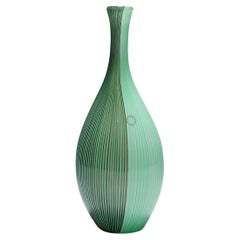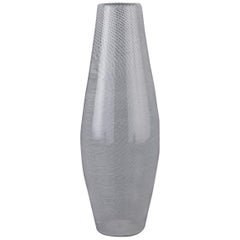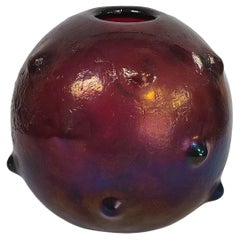
Midcentury Murano Glass Vase by Carlo Scarpa for Venini , Italy, 1960s
View Similar Items
Video Loading
Want more images or videos?
Request additional images or videos from the seller
1 of 18
Midcentury Murano Glass Vase by Carlo Scarpa for Venini , Italy, 1960s
$805.88List Price
About the Item
- Attributed to:Venini (Manufacturer)Carlo Scarpa (Artist)
- Dimensions:Height: 12.21 in (31 cm)Diameter: 7.88 in (20 cm)
- Style:Organic Modern (In the Style Of)
- Materials and Techniques:
- Place of Origin:
- Period:
- Date of Manufacture:circa the 1960s
- Condition:
- Seller Location:Valencia, ES
- Reference Number:1stDibs: LU9319243399442
About the Seller
5.0
Platinum Seller
Premium sellers with a 4.7+ rating and 24-hour response times
Established in 2022
1stDibs seller since 2023
53 sales on 1stDibs
Authenticity Guarantee
In the unlikely event there’s an issue with an item’s authenticity, contact us within 1 year for a full refund. DetailsMoney-Back Guarantee
If your item is not as described, is damaged in transit, or does not arrive, contact us within 7 days for a full refund. Details24-Hour Cancellation
You have a 24-hour grace period in which to reconsider your purchase, with no questions asked.Vetted Professional Sellers
Our world-class sellers must adhere to strict standards for service and quality, maintaining the integrity of our listings.Price-Match Guarantee
If you find that a seller listed the same item for a lower price elsewhere, we’ll match it.Trusted Global Delivery
Our best-in-class carrier network provides specialized shipping options worldwide, including custom delivery.More From This Seller
View AllMurano Glass Carlo Moretti Marbled Decor Vase, Italy, 1960s
By Carlo Moretti
Located in Valencia, VC
A Carlo Moretti beautiful marbled decor Murano glass vase in white and orange. Handmade in the island of Murano, near Venice, Italy, circa the 1960s.
A gorgeous, cheerful piece.
Di...
Category
Vintage 1960s Italian Mid-Century Modern Vases
Materials
Art Glass, Murano Glass
$429 Sale Price
20% Off
Mid Century Murano Glass Vase Attr. to Anzolo Fuga for AVeM, Italy, 1960s
By Anzolo Fuga
Located in Valencia, VC
Murano glass vase attributed to Venice glass artist Anzolo Fuga for A.Ve.M. Handcrafted in the Murano island near Venice, Italy, circa the 1950s.
It is spectacular in the hand - the...
Category
Vintage 1960s Italian Mid-Century Modern Vases
Materials
Murano Glass, Art Glass, Blown Glass
$510 Sale Price
60% Off
Midcentury Murano Glass Textured Sides Vase by Mandruzzato, Italy, 1970s
By Alessandro Mandruzzato
Located in Valencia, VC
This sommerso Murano glass vase is a striking piece of Mid-Century artistry.
Hand-crafted using the classical Mandruzatto technique, the vase showcases and undulated form with textu...
Category
Vintage 1970s Mid-Century Modern Vases
Materials
Art Glass, Sommerso
$468 Sale Price
58% Off
Murano Glass Large Bottle by Flavio Poli for Seguso Vetri D´Arte, Italy, 1960s
By Flavio Poli, Seguso Vetri d'Arte
Located in Valencia, VC
Seguso Vetri D’Arte Bottle Vase by Flavio Poli, Documented
A striking and rare large bottle vase designed by Flavio Poli for Seguso Vetri D’Arte, created during his time as the comp...
Category
Vintage 1960s Italian Mid-Century Modern Bottles
Materials
Art Glass, Sommerso, Murano Glass, Blown Glass
Murano Glass Amphora Vase Scavo Decoration by La Murrina, Signed, 1960s
By La Murrina
Located in Valencia, VC
La Murrina Murano Glass Amphora Vase with Scavo Decoration – Signed
This Murano glass vase by La Murrina is a fine example of postwar Venetian glass design, distinguished by its amp...
Category
Vintage 1960s Italian Mid-Century Modern Vases
Materials
Glass, Murano Glass, Blown Glass, Art Glass
Midcentury Murano Glass Colorful Ovoid Shaped Vase in The Style of A.Ve.M, 1960s
By Anzolo Fuga, A.VE.M
Located in Valencia, VC
This stunning Murano glass vase, in an ovoid shape and styled after Anzolo Fuga, features a captivating light purple checked pattern. Elliptical spots in orange, turquoise, and light...
Category
Vintage 1960s Mid-Century Modern Vases
Materials
Art Glass
$468 Sale Price
46% Off
You May Also Like
Battuto Ombre Vase Murano Glass Italy In Style of Carlo Scarpa for Venini
By Venini, Carlo Scarpa
Located in Clifton Springs, NY
Battuto series was designed by Carlo Scarpa for Venini in 1930s-1940s. In their presentation Battuto pieces depend on sculptural effect of the external shape and tactile and texture...
Category
21st Century and Contemporary Italian Organic Modern Vases
Materials
Glass, Art Glass, Murano Glass, Cut Glass
$580 Sale Price
20% Off
Large Tessuto Vase by Carlo Scarpa for Venini Murano
By Venini, Carlo Scarpa
Located in Berghuelen, DE
Large Tessuto Vase by Carlo Scarpa for Venini Murano
Item e7111
A rare example of the 'Tessuto' series designed by Carlo Scarpa ca. 1940. Manufactured by Venini Murano Venice. Thin v...
Category
Late 20th Century Italian Mid-Century Modern Vases
Materials
Art Glass, Murano Glass
Murano Glass Vase, attributed to Carlo Scarpa for Venini, circa 1930's
By Venini, Carlo Scarpa
Located in Roma, IT
Murano glass vase is a very rare vase realized attributed to the Italian architect and designer Carlo Scarpa for Venini glassworks, Murano circa 1930s.
Signed in acid stamp on the b...
Category
Vintage 1930s Italian Vases
Materials
Glass
Carlo Scarpa, La Mina Vase, Corroso Glass, Venini, Murano, Italy 1940s
By Venini, Carlo Scarpa
Located in Bochum, NRW
Murano Glass Vase 'La Mina' Vase designed by Carlo Scarpa for Venini in 1936.
Corroded iridized surface glass vase with protuberances "bugne". Venini Murano two lines acid signature...
Category
Vintage 1930s Italian Vases
Materials
Murano Glass
$6,494 Sale Price
20% Off
A 'battuto' glass vase by Carlo Scarpa for Venini, circa 1940
By Venini, Carlo Scarpa
Located in Zurich, CH
A 'battuto' glass vase by Carlo Scarpa for Venini, circa 1940
Acid-stamped venini murano ITALIA
33 cm in hight
Excellent condition
see
christies 933822 (58750$)
Literature: Ba...
Category
Vintage 1940s Italian Vases
Materials
Murano Glass
Lattimo Velato Vase by Carlo Scarpa for Venini Murano, ca. 1936
By Carlo Scarpa, Venini
Located in Berghuelen, DE
Lattimo Velato Vase by Carlo Scarpa for Venini Murano ca. 1936
A rare lattimo velato vase designed by Carlo Scarpa ca. 1936. Manufactured by Venini Murano Venice in the 1930s. Thin ...
Category
Mid-20th Century Italian Mid-Century Modern Vases
Materials
Art Glass, Murano Glass
Recently Viewed
View AllMore Ways To Browse
Medieval Goblet
Pulegoso Glass Vase
Pulegoso Vase
Vetri Soffiati
Venini Pulegoso
Mario Villa Furniture
Mario Villa
Venini Battuto
Paolo Martinuzzi Murano Glass
Carlo Scarpa Pitcher
Incamiciato Vase
Cemetery Vase
Martinuzzi Pulegoso
Amber Glass Goblet
Amber Goblets
Battuto Carlo Scarpa
Carlo Scarpa Battuto Vase
Amber Pitcher
